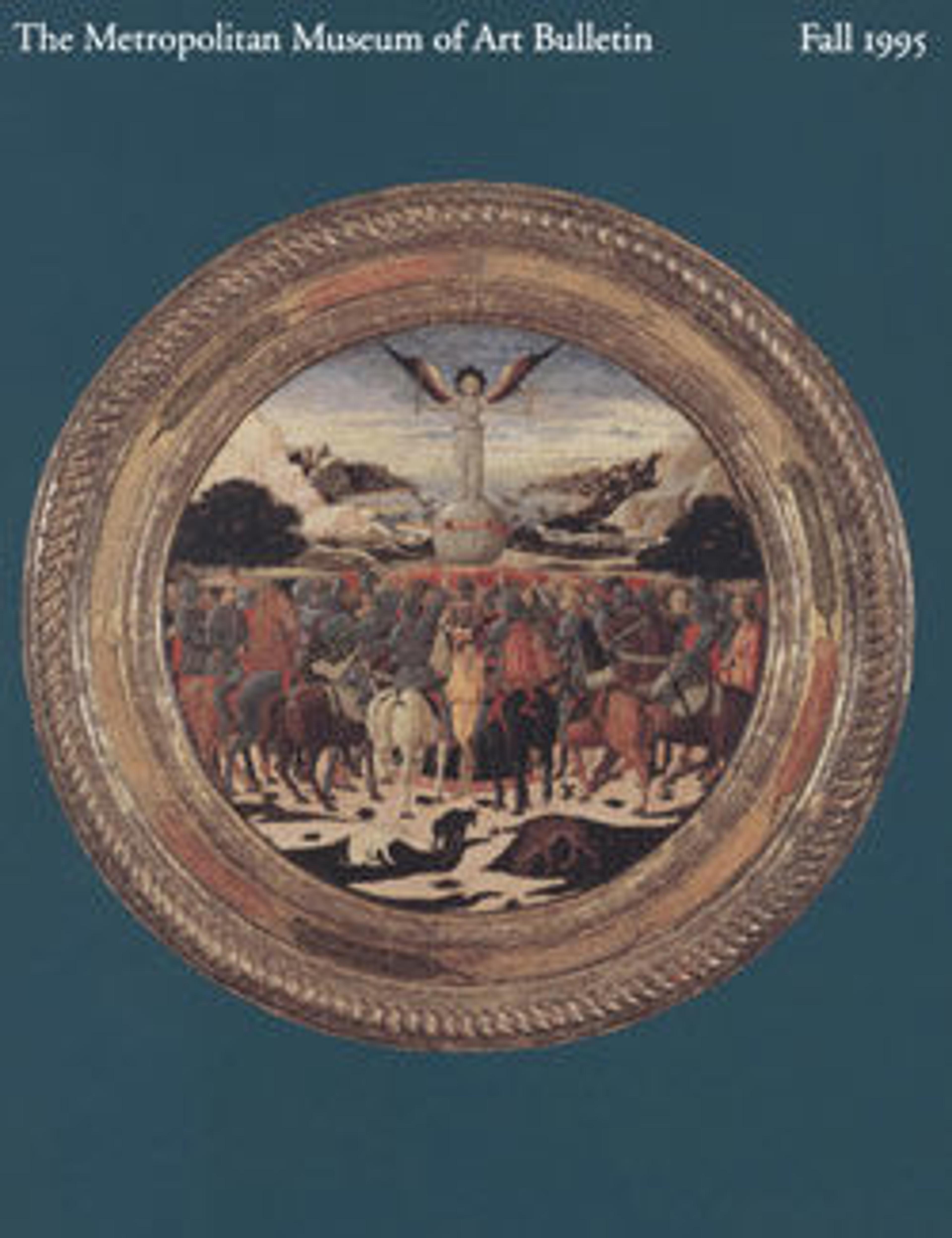Girgenti (The Temple of Juno Lacinia at Agrigentum)
In the 1870s, while living and working in Rome, Haseltine’s watercolor technique shifted away from nearly monochromatic images made in preparation for oil paintings to more fully realized watercolors made for exhibition. During one of three visits to the island of Sicily in 1881, he painted this near view of the Temple of Juno Lacinia (480–500 b.c.) in Girgenti (present-day Agrigento). At center, he emphasizes the ruin’s most eloquent feature: the single fragment of architrave supported by two intact columns at the southeast corner of the temple. Essential to his composition is the glowing afternoon Mediterranean light that illuminates the edges of the monument and casts long shadows.
Artwork Details
- Title:Girgenti (The Temple of Juno Lacinia at Agrigentum)
- Artist:William Stanley Haseltine (American, Philadelphia, Pennsylvania 1835–1900 Rome)
- Date:1881
- Culture:American
- Medium:Watercolor, gouache, and graphite on blue paper
- Dimensions:15 x 21 7/8 in. (38.1 x 55.6 cm)
- Credit Line:John Osgood and Elizabeth Amis Cameron Blanchard Memorial Fund, 1994
- Object Number:1994.502
- Curatorial Department: The American Wing
More Artwork
Research Resources
The Met provides unparalleled resources for research and welcomes an international community of students and scholars. The Met's Open Access API is where creators and researchers can connect to the The Met collection. Open Access data and public domain images are available for unrestricted commercial and noncommercial use without permission or fee.
To request images under copyright and other restrictions, please use this Image Request form.
Feedback
We continue to research and examine historical and cultural context for objects in The Met collection. If you have comments or questions about this object record, please contact us using the form below. The Museum looks forward to receiving your comments.
